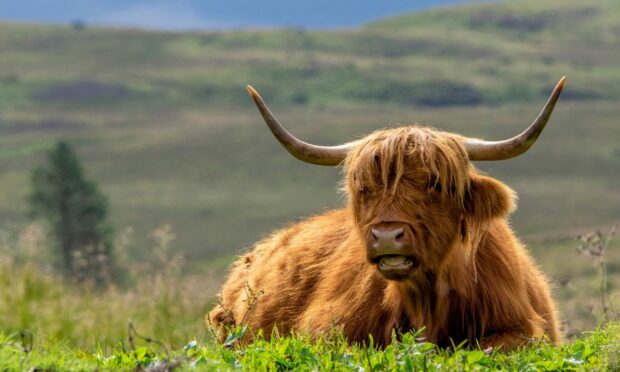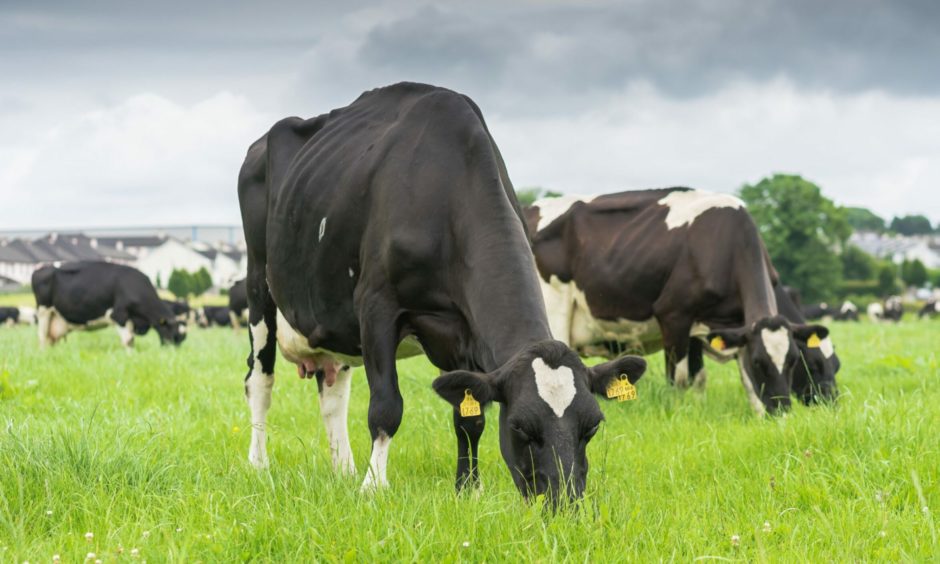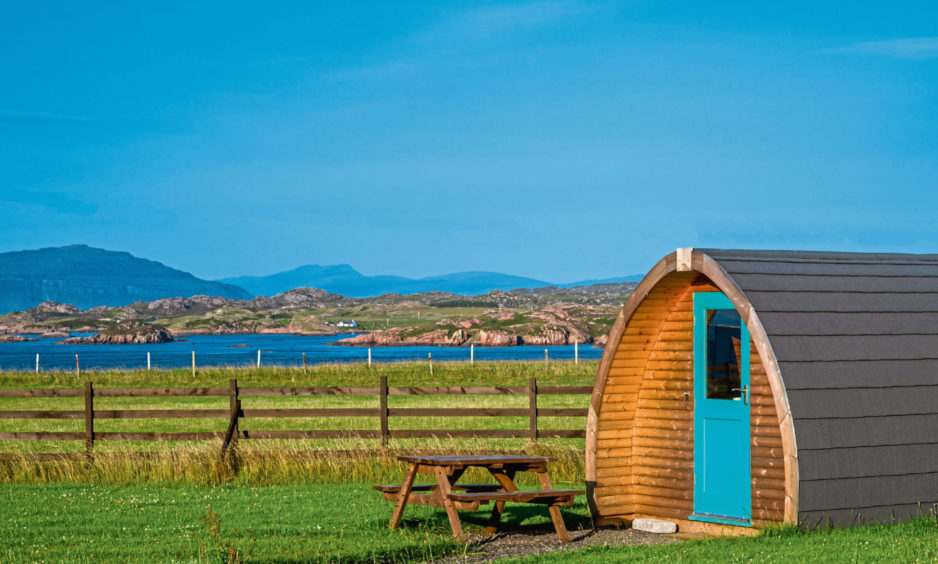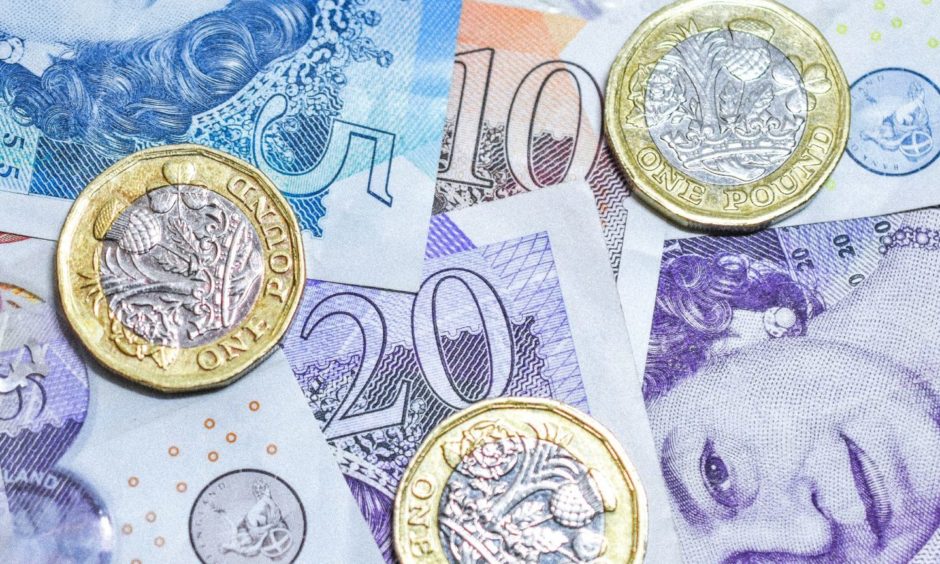Scottish farmers have seen an increasing focus on agricultural sustainability over recent years.
The Scottish Government has also promoted this agenda directly through a wide spectrum of initiatives and more recently through individual bodies such as The Suckler Beef Climate group.
The significant rise in Green Party MSPs elected to the Scottish Parliament and the forthcoming Cop26 UN Climate Change Conference in Glasgow mean that Scotland is likely to see an even sharper focus on sustainability.
Adopting sustainable farming practices creates challenges as well as opportunities.
Some measures involve relatively simple modifications, while others require significant planning and investment.
Improving grazing systems and herd management as well as better targeting by way of soil sampling to improve fertiliser efficiency are examples of simple and often cost-effective operational changes that can deliver localised environmental benefits.
A number of groups, including SAC Consulting, offer helpful advice in these areas.
While this poses a challenge for Scottish farmers, switching from soya-based feeds can also contribute to greater global sustainability.
Last year, Scotland’s Rural College removed soya from rations fed to three of its dairy herds using a range of protein alternatives, including rapemeal and distillers’ wheat dark grains, and found it had little impact on productivity.
Distillery by-products are, however, in short supply due to incentives for energy production.
Diversification
Farm diversification also creates opportunities which can deliver positive sustainability benefits. And some of these measures are made financially viable by being eligible for tax breaks and other government incentives.
Investing in local farm shops or in specialist production areas, including ice cream and cheese making, is one such measure.
Not only can these create a strong revenue stream, but they can also provide further options for consumers increasingly keen to purchase high quality, sustainable, locally produced food.
A growing number of farms have also been converting land for recreational use, creating camping sites, holiday cottages, activity centres and other facilities.
While this typically requires a fair degree of investment, it can also provide an important long-term revenue stream, especially with stay at home holidays growing in popularity.
By increasing the options available to Scottish and UK holidaymakers, farmers are not only adding economic value to their communities; they are also part of a wider movement that is reducing the level of leisure-related air travel.
Tax benefits
Investing in these areas can be tax efficient as well: the annual investment allowance provides full tax relief on up to £1m every year on many types of capital expenditure.
Meanwhile 3% of the cost of buildings used for trade purposes can also be claimed back each year through the structure and buildings allowance.
For holiday accommodation which meets the furnished holiday letting conditions, although structure and building relief is not available, some areas of expenditure, including furnishings and ‘integral’ features, would qualify for capital allowances.
The corporation tax super-deduction announced in the last full UK Budget in March will also deliver a tax break up to 130% on qualifying capital spend if this is done through an operating company by March 2023.
Depending on how a farm business is structured, it could also recover or secure VAT relief on farm shop build, restoration and conversion works. Construction of new builds such as chalets and pods is also VAT-free.
Most farmers are concerned about making a positive contribution to environmental sustainability and are already reaping the benefits from efficiency measures.
With the focus on this agenda set to grow even further in Scotland, it should be reassuring to know that making positive changes doesn’t have to mean a lot of extra expenditure.
Indeed, it can create new income streams that benefit farmers and contribute to the good of our environment?.
Shona Fraser is an Inverness-based partner at accountants Chiene + Tait



